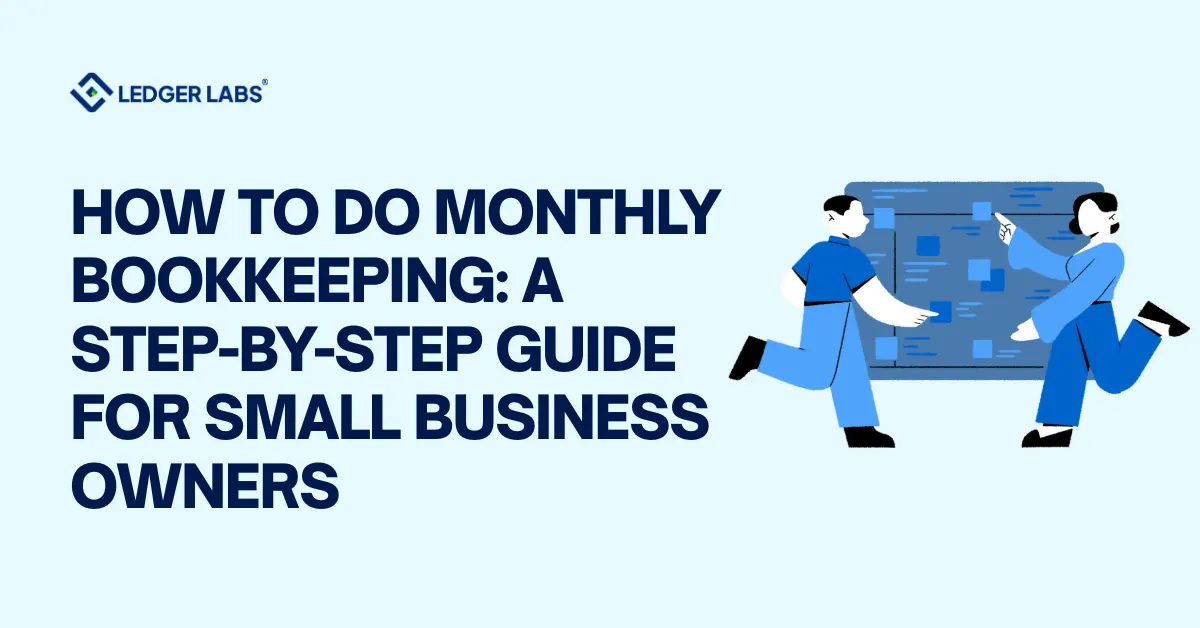1. Post-tax deductions are subtracted from an employee’s net income after tax withholding, including Roth 401(k) contributions, union dues, and wage garnishments.
2. Unlike pre-tax deductions, post-tax deductions do not reduce taxable income, affecting the take-home pay but not the income tax liability.
3. Common deductions include health insurance premiums, retirement contributions, and court-ordered wage garnishments, which are either voluntary or mandatory.
4. A “negative post-tax deduction” reimburses employees, adding rather than subtracting from their pay.
Payroll administration goes a lot deeper than just issuing a paycheck to your employees for the time they worked. That is because it’s vital to account for some more deductions from their pay. These deductions typically include taxes, pre tax deductions, and post tax deductions.
The key is in the sequence itself: first, you manage taxes and pre-tax deductions, and then move on to post tax deductions. Additionally, post-tax deductions actually impact everyone who is part of the business – from those paying the salary to the employees who will be receiving funds.
That is part of the reason why understanding them is integral. So, you could say that post tax deductions are the final adjustments made to an employee’s wages. But, how do they work? Read along to discover all the lingering questions you wanted answers to.
What are post tax deductions?
Once you’ve filed your taxes, all you want is to sit back and relax. But, is it that easy? Filing your taxes doesn’t end the procedure right there. There are a lot many things to consider, such as post tax deductions.
For those of you wondering post tax deductions meaning, the term reveals it. Also known as after-tax deductions, they are the amount that is deducted from an employee’s paycheck after tax withholding. Generally, these are the deductions made from the net income (meaning, it is the amount the employee gets to take home following the tax deductions).
It is, however, incredibly distinct from pre-tax deductions. Unlike pre-tax deductions, post-tax deductions don’t minimize the taxable income of any employee. As a result, they have zero impact on the income tax the employee owes. But, you need to keep a couple of things in mind.
While some post-tax deductions, such as charitable donations, are voluntary, child support garnishment or bonus payments aren’t. Instead, they all are mandatory, also often called non-optional post tax deductions.
Some of the very common post-tax deductions are:
- Roth 401(k) contributions
- Life insurance premiums
- Retirement contributions
- Disability insurance
- Health insurance policies
- Union dues
- Wage garnishments
- FSA (Flexible Spending Account) contributions
What is a negative post-tax deduction?
It is actually a modified post-tax deduction that gets added to the employee’s pay, instead of subtracting it. As a result, this makes the process of reimbursement simpler than usual.
How do post tax deductions work?
Post tax deductions are expenses subtracted from an employee’s income after taxes have been applied. In most companies payroll deductions are generally processed every pay period, after strictly complying with all relevant tax laws and withholding data given by employees or as per court.
The amount withheld depends on Form W-4 (Employee’s Withholding Certificate), chosen benefits, state and local withholding certificates, among other details.
Here’s how post tax deductions on paycheck work:
1- Gross Pay Evaluation: It all starts by working out an employee’s gross pay, that is the total amount they have earned prior to any deductions.
2- Withholding Taxes: The taxes are then calculated and deducted from the gross pay. This comprises federal income tax, state income tax (check if applicable), medicare tax, and social security tax.
3- Pre-tax Deductions: Assuming that an employee has a pre-tax deduction, such as a health insurance premium, then it is deducted next in the process. These are the same deductions that help minimize the taxable income.
Reduce your taxable income now!
Get tax advice from our expert tax consultants
4- Evaluating the Net Pay: Following that, the net pay is calculated after taxes and pre-tax deductions. This is the amount the employee gets to take home.
5- Post-tax Deductions: After all the above procedures are applied, any post tax deductions are deducted from the net pay. These typically consist of Roth retirement plan, union dues, or child support (which is a wage garnishment).
6- Final Payment: The remaining amount after all the deductions are subtracted is the employee’s wage that they can finally take home.
Post Tax Deductions Examples
Let’s assume Raymond’s earnings are $600 every week. However, a post-tax deduction of 6% is made for his Roth 401(k) from his paycheck.
Because Ray doesn’t have pre-tax deductions, his gross pay is actually the same prior to withholding taxes.
Be that as it may, FICA taxes, which is a total of 7.65% of the wage, are withheld from his paycheck. Considering his wage is $600, the FICA tax comes close to $45.90.
If shown in figures,
$600 x 0.075 = $45.90 When you subtract the tax from his wages:
$600 – $45.90 = $554.10 Now that you have a clear preview, we need to withhold Federal Income tax. Considering he is single and has referred to the IRS Publication 15-T, an extra $30 must be withheld.
This brings down his wage to:
$554.10 – $30 = $524.10 Keep in mind that Raymond is not subjected to any state or local taxes in this case.
Hence, using his gross pay, let’s evaluate the post-tax deduction required for the Roth 401(k).
$600 x 0.06 = $36 Therefore, Ray’s take-home pay following his post-tax deduction is:
$524.10 – $36 = $488.10 Why am I getting post tax deductions?
You might be getting post-tax deductions on your total wages for more than one reason. Here are some of the most common reasons that you need to be aware of:
Voluntary deductions:
- Health insurance: There are several employers who provide health insurance policies to their employees. These are the premiums subtracted from your paycheck after taxes.
- Charitable donations: A charitable donation can potentially be another reason. This happens if you choose to make charitable donations through payroll deductions. This particular amount is going to be withheld from your total wages.
- Retirement savings: Many people continuously contribute to a retirement savings plan through their payroll deductions. It can be anything between a 401(k) and a Roth IRA.
Mandatory deductions:
- Wage garnishment: A court order may compel your employer to garnish your wages in case you have unpaid debts, student loans, or child support.
- Government-required deductions: Social Security and Medicare are two of the most common names you have heard by now, haven’t you? They require employers to withhold a certain amount from your paycheck to fund any or all of these programs.
Are you still a little unsure why you’re getting post tax deductions? It’s time to ring the employer’s payroll department.
Pre tax vs post tax deductions: What’s the difference?
Pre-tax and post-tax deductions are two sides of the same coin. They are two different types of payroll deductions that have a varied impact on your taxable income and the amount you get to take home.
In simple words, pre-tax deductions are deducted from the gross amount you receive prior to the calculation of taxes. Consequently, this reduces the money you pay in taxes, helping you keep more from your wages. Some of its examples are:
- 401(k) contributions
- Health insurance plans
Post-tax deductions, on the other hand, are deducted from your net pay. That is actually the amount of money remaining after your taxes are withheld. In contrast to pre-tax deductions, post-tax deductions do not minimize your taxable income. Thus, you get to keep less from your total wages. Certain examples to help you understand better:
- Charitable deductions (voluntary deductions)
- Wage garnishment to repay debts
Always remember to monitor your payroll deductions on a regular basis to ensure that they are appropriate, helping you take maximum advantage of all available tax benefits.
Summing up
To conclude, understanding and strategically utilizing post tax deductions can enhance financial well-being and foster a more efficient approach to managing income and expenses.
Have more questions about post tax deductions? Consult our expert accounting and tax consultants by scheduling a quick 15 mins meeting.
Frequently Asked Questions
1- What is Pre-Tax Deduction?
Pre-tax deductions are the type of deductions that are picked out of your paycheck before taxes are evaluated. This typically means that the total amount of money you pay in taxes is minimized to some extent, helping you keep more from your paycheck.
Examples of pre-tax deductions:
- Dependent care expenses
- 401(k) contributions
- Health insurance policies
2- What are post-tax deductions on paycheck?
Post-tax deductions are those deductions that are taken from your wage after taxes have been withheld. Contrary to what you read just above, the amount you pay in taxes won’t really be affected, letting you keep less from the total paycheck.
Examples of post-tax deductions include:
- Union dues
- Charitable donations
- Wage garnishments
3- What is the primary difference between pre-tax and post-tax deductions?
The major difference between pre-tax and post-tax deductions is the impact they create on your taxable income. While pre-tax deductions actually minimize your taxable income, post-tax deductions don’t. That means you pay less of your wages in pre-tax, but more for post-tax. In general, if you want to save on taxes big time and reduce your taxable income, it’s time to make as many pre-tax deductions as possible from your end.












